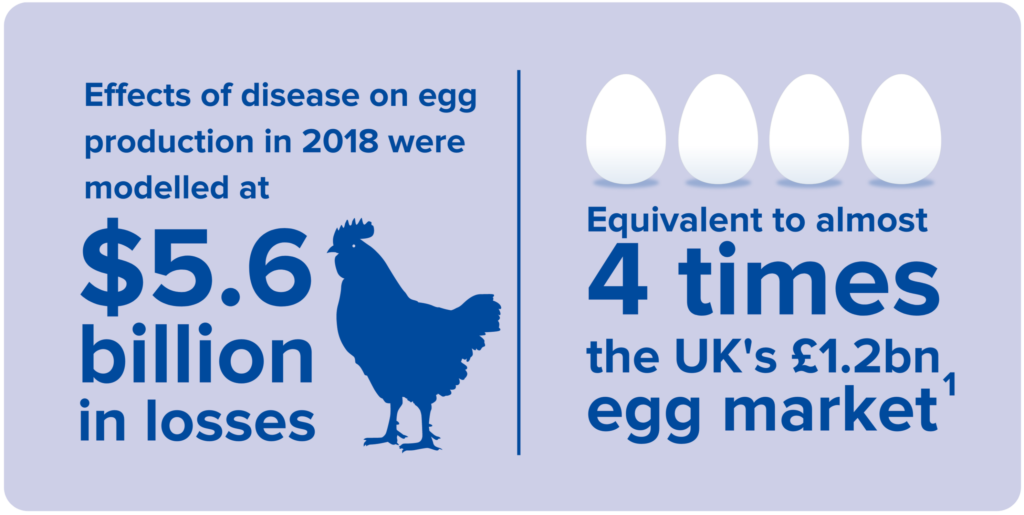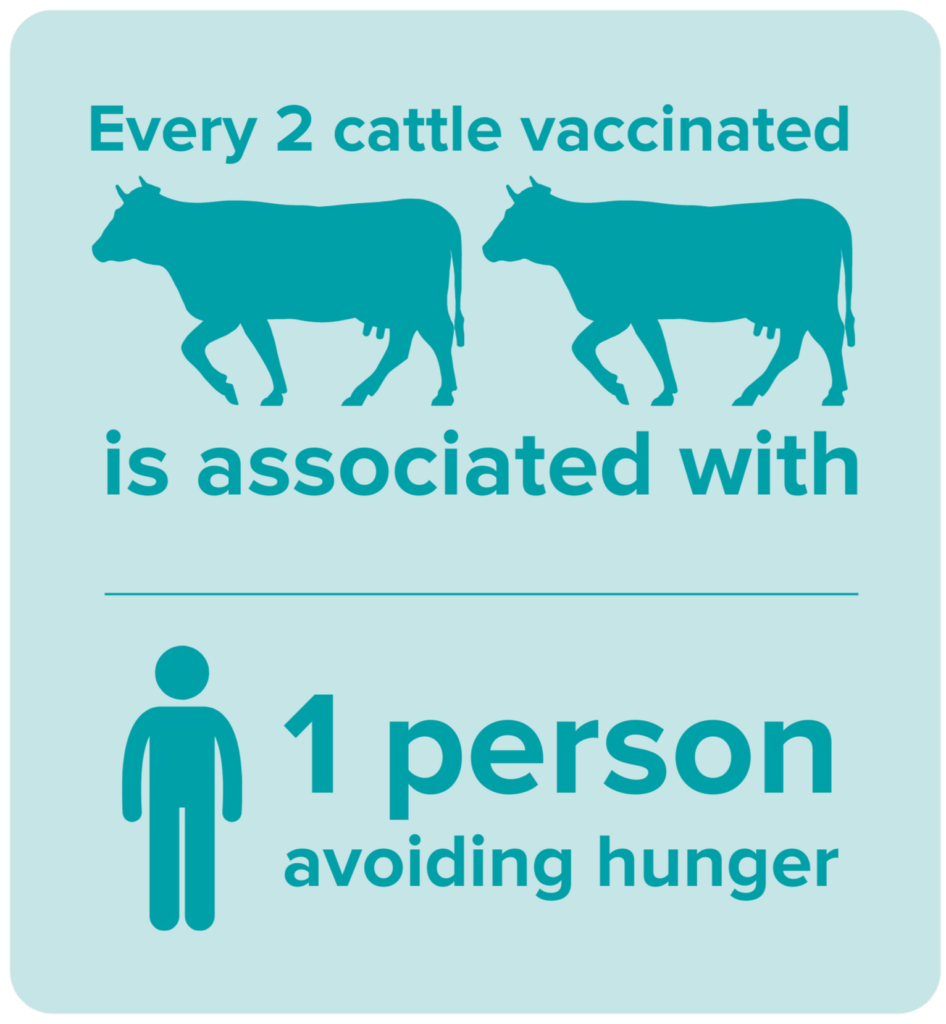
This report analyses the relationship between animal health and the economy, environment and society. A summary is below and a full copy of the 50-page report can be found at the HealthforAnimals website.

The report was produced by Oxford Analytica, a leading research and analysis firm, which developed a unique regression model to measure different animal health indicators.
The model found livestock diseases are associated with significant reductions in global livestock productivity, producing key associations such as:
The report also builds upon existing research in the field with case studies that demonstrate how livestock disease control can meet global needs and targets, such as:
The model is built on data covering 180 countries from 2005 to 2022 sourced from the World Organisation for Animal Health (WOAH) and UN Food and Agriculture Organisation (UNFAO). The model used robust multiple regression analysis to identify statistically significant correlations or “associations” between variables such as vaccination, disease levels and productivity in livestock species.
It is important to note that associations can also reflect complementary, external factors as well. For instance, vaccination data may also reflect the effect of an overall increased investment in veterinary care. Final results also provide estimates on the aggregated impacts of disease and vaccination rather than for individual illnesses. Visit the “Interpreting Report Results” section of the full report for further information on how best analyse all results.
The modelling found that animal disease significantly reduces global livestock productivity each year, having a measurable impact on revenue for producers.
The report finds that in 2018 alone:

When modelling the average effect of vaccination in a year, Oxford Analytica’s research found that:

A case study analysis by Oxford Analytica found that livestock disease reduces global production by 80 billion kilos of meat and 179.5 billion kilos of dairy each year, reducing producer revenue by $358.4 billion.*
Every 1% reduction in beef cattle disease rates would:
Every 1% reduction in dairy cattle disease rates would:

*Based on World Organisation of Animal Health estimate that 20% of production is lost to disease each year.
Animal disease is associated with significant increases in livestock greenhouse gas (GHG) emissions and land use, while vaccination correlates to reductions in both:

When analysing land use, Oxford Analytica modelling found significant associative relationships with disease levels and vaccination such as:

A case study analysis of UN data found that scaling up existing practices in animal health and husbandry means livestock could serve a world population of more than 9 billion in 2050 while holding emissions to current levels. Oxford Analytica’s calculations indicated:
The modelling found that higher rates of disease among livestock are associated with higher levels of undernourishment and food insecurity among the world’s population, while vaccination among livestock is associated with lower levels of undernourishment and food insecurity.
Oxford Analytica’s modelling found:

Using the World Organisation for Animal Health’s estimate that 20% of livestock production is lost to disease each year, Oxford Analytica conducted an analysis that found:
In Nigeria, an estimated 29 million people – out of a population of 206 million – are classified as living in severe food insecurity, which is defined by UNFAO as going a day or more without food to eat. The analysis modelled the impact of vaccinating cattle to reduce losses from disease and increase food supply, and found:

Animal disease rates and prevalence vary widely across the globe, with damaging diseases such as Foot and Mouth effectively eliminated in high-income countries while remaining endemic in developing regions.
Similarly, animal health measures and veterinary infrastructure also vary and can determine the efficacy of husbandry practices and control measures such as vaccination, as well as production levels.
However, the analysis indicates that controlling livestock disease in all contexts has multiplier benefits for economic, environmental and social sustainability. This includes reductions in emissions, hunger, malnutrition and poverty in line with the targets established by the UN’s Sustainable Development Goals for 2030.
The modelling by Oxford Analytica provides a useful contribution to global knowledge on animal health and its effects on the environment, economies and society, while recognising that there will be significant opportunities for others to build upon it in the future.
Increasingly robust data from sources such as WAHIS, FAOSTAT and the Global Burden of Animal Disease programme will enable researchers to overcome some of the data gaps and limitations in this project and provide more granular results. The full report strives to explain the methodology and processes behind calculations in full so that others may leverage this approach in their work.
The following sources were primarily used to compile the “Animal Health and Sustainability” report

Oxford Analytica, now a part of FiscalNote is an independent global analysis and advisory firm which draws on a worldwide network of experts to advise its clients on their strategy and performance. Our insights and judgements on global issues enable our clients to succeed in complex markets where the nexus of politics and economics, state and business is critical. To learn more about our products and services, visit www.oxan.com.
HealthforAnimals is the voice of the animal health industry and an advocate for the fundamental role of healthy animals in improving global wellbeing, sustainability and prosperity. HealthforAnimals represents developers and manufacturers of animal health products, including vaccines, diagnostics, parasiticides, antibiotics, digital technologies and other tools that strengthen the health and well-being of animals. We believe health for animals improves health for all. Learn more at healthforanimals.org.